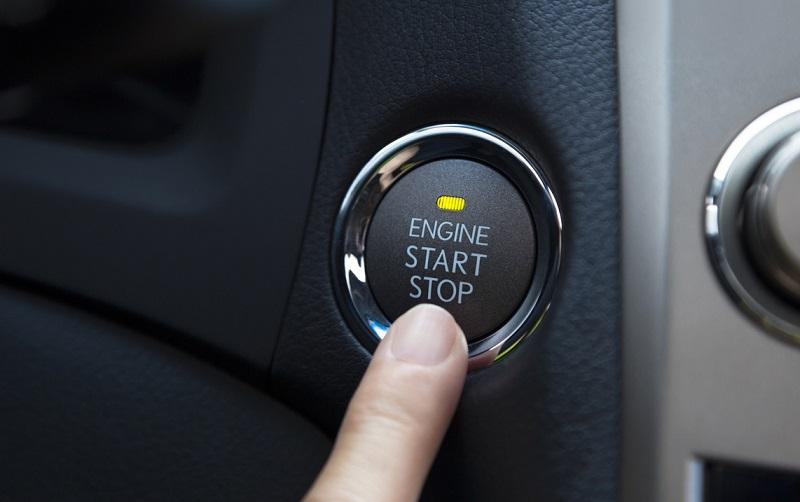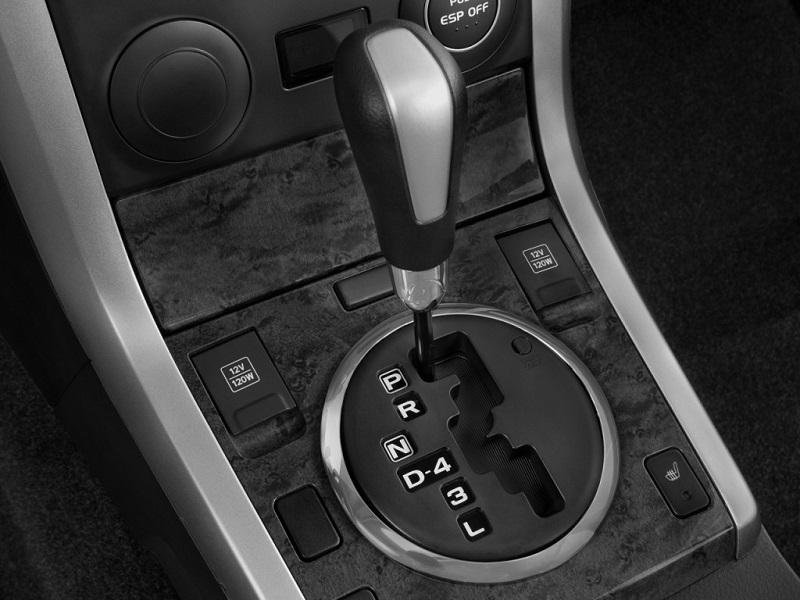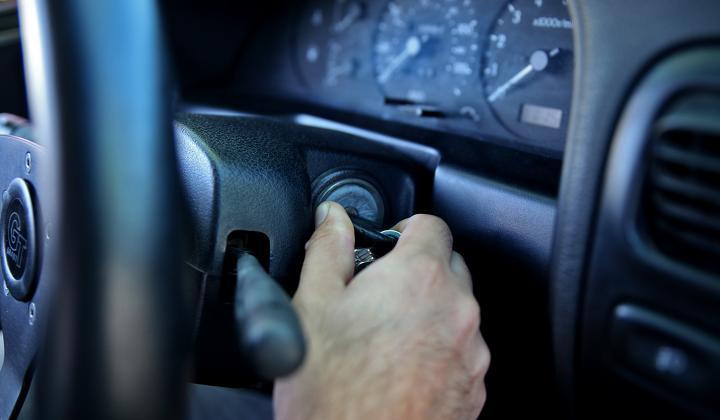You may think that there could be no disagreement over the topic – how to turn off a car – right? Well, you are wrong! While the basics are the same, people like to tweak one or two steps to their own way, the way they feel the most comfortable.
We are going to show you the standard and most common steps of powering down a vehicle.
Contents
How to Turn Off a Car? Step-by-Step System
There are many vehicles that have a one-stop button for killing the power. However, these won’t let you just stop the engine while the transmission is in gear. It is a safety feature that prevents accidental killing of the engine to avoid accidents.

The step-by-step procedure of switching off a car is as follows:
- Park the car at the place where you want to stop and put the gearbox in the neutral mode. Take your foot off the clutch but don’t take the pressure off the service brake.
- Then, apply the parking brake, release the brake pedal, and switch off the engine.
- When you are parking the car on a hill or steep road, turn the wheels toward the curb. Do the opposite when you are parking downhill.
- It is a safety precaution that will save the vehicle from rolling down the hill if the brake is disengaged or there is a bump from another vehicle.
>> You are interested in buying an used car from Japan with good conditions, click here <<
Sometimes, people leave their car in gear when in a hurry. The problem is most of them don’t remember it and try to restart the car after getting back, making it jump forward abruptly, which can cause an accident.
If you need to leave the vehicle in gear, apply the neutral mode and the parking brake to secure it in the parking spot.
SEE MORE:
The Outline of How to Turn Off a Car
In a nutshell, the sequence of how to turn off a car will be:
- Park the vehicle and put the gearbox in ‘N’ mode
- Engage the brake pedal
- Shift the gear in ‘P’
- Press the parking brake
- Disengage the brake pedal
- Push the stop button to shut the engine off

The steps are not tough to remember. Especially, you should not skip any of the 2-4 steps before switching off the engine as it will ensure that the vehicle will not roll down and cause an accident.
Some people like to pull up the handbrake after engaging the brake pedal because it holds the car stationary and protects the parking gear from extra stress.
Another caution that you should follow is to Park the vehicle before stopping the engine. Why? The reason is it is the right thing to do and it will set the controls in the proper order and prepare the vehicle to turn off.
FAQs
-
Can I turn off a car while it’s in gear?
It’s not advisable to turn off a car while it’s in gear, especially if it’s a manual transmission. Always shift to “Neutral” (manual) or “Park” (automatic) before turning off the engine to prevent unintended movement.
-
Is it safe to turn off a car while it’s moving?
It’s not safe to turn off a car while it’s moving. It can lead to a loss of power steering and braking assistance, making it difficult to control the vehicle. Always bring the car to a complete stop before turning off the engine.
-
What if my car has a push-button start? How do I turn it off?
If your car has a push-button start system, simply press the brake pedal (if not already
depressed), and then press and hold the brake while pressing the “Engine Start/Stop” button until the engine turns off.
-
Can I turn off the engine in an emergency situation?
In emergency situations, such as a car fire or if you suspect a gas leak, you can turn off the engine by quickly turning the ignition key to the “Off” position or pressing the “Engine Start/Stop” button.
This should only be done when it’s absolutely necessary for safety reasons.
-
Should I turn off the engine at traffic lights or short stops?
It’s generally recommended to keep the engine running at traffic lights and short stops to maintain power steering and brake assistance.
However, some modern cars have auto-stop/start systems that automatically turn off the engine when the vehicle is stationary and restart it when you release the brake pedal to save fuel.
-
Why is it important to turn off the car correctly?
Turning off the car correctly ensures safety and prevents damage to the vehicle. It also helps avoid draining the battery and reduces wear on the starter motor. Following the proper procedure helps maintain the longevity of your vehicle.
Is it necessary to turn off the headlights and other accessories before turning off the car?
It’s a good practice to turn off headlights, radio, air conditioning, and other accessories before turning off the car to avoid draining the battery unnecessarily.
-
Can I turn off the car if it’s overheating?
If your car is overheating, it’s better to leave the engine running and let it cool down. Turning off the engine when it’s overheating can exacerbate the problem. Consult a mechanic if the issue persists.
-
Can I turn off the engine if the car is in motion and I’m experiencing brake failure?
If you experience brake failure while driving, it’s generally safer to downshift to a lower gear (in a manual transmission) or put the car in “Neutral” (in an automatic) to slow down gradually while using the emergency brake.
Only turn off the engine as a last resort and if it’s absolutely necessary for safety.
-
Can I turn off the car in an automatic car wash?
It’s generally not recommended to turn off the car in an automatic car wash, as the engine may be needed to operate power steering and brakes. Follow the instructions provided by the car wash facility to ensure safe operation.
Check out this video from Scotty Kilmer to learn more about the Stop/Start Technology in cars!
Conclusion
In conclusion, it is imperative to comprehend the systematic procedure on how to turn off a car, as it plays a pivotal role in ensuring not only the safety of the driver and passengers but also the overall well-being and longevity of the vehicle itself.
This methodical approach to turning off a car promotes responsible and efficient vehicle operation, contributing to reduced wear and tear, lower maintenance costs, and a smaller environmental footprint.




Parking uphill means the vehicle is in the ascending position and the opposite for downhill. A country that drives on the left, parking uphill do you turn the steering extreme right to stop the vehicle on the curb should it run back and the steering to the extreme left for downhill.
I have a problem with my car. Whenever it hits the rumbles too abruptly or goes over a bump abruptly, the engine stops and doesnt accelerate from then. I have to restart the engine again. Whats the problem and how can it be solved?